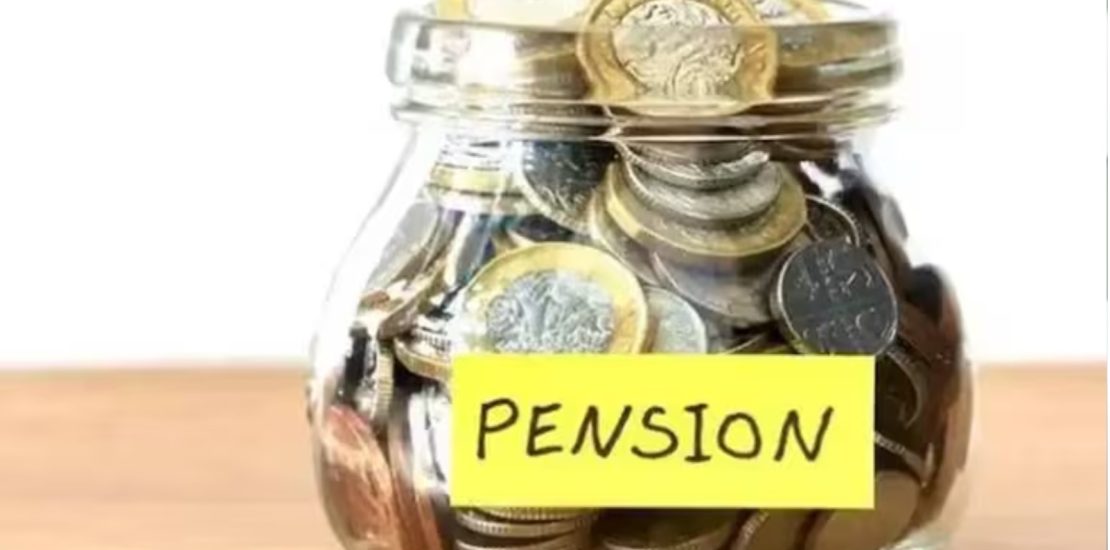
NPS Vatsalya seems to be a non-starter in the present model and citizens have better avenues with accessibility and tax efficiency, like equity mutual funds available to save for their needs.
Budget 2024 has proposed a new plan for minors called NPS-Vatsalya, under which parents and guardians can contribute for minors. On attaining the age of majority, the plan can be converted seamlessly into a normal NPS (National Pension Scheme) account.
While more details on the scheme are awaited, the initial euphoria of finally having a market linked savings scheme with tax benefits to save for higher education was gone soon. Digging deeper into the scheme’s working (what is known as of now), it would work as follows:
A parent/guardian of a minor can open an NPS account and contribute regularly to the scheme, and once the minor attains majority, the account will be converted to a regular NPS account. This essentially means this is an account to save for the minor’s retirement! The uptake on NPS is at 10-15 percent in the corporate segment. Further, individuals find it challenging to channel savings into retirement schemes due to high expenses and short-term goals. To expect people who themselves may not be saving for retirement to think of their children’s old age is a bit much to digest.
What citizens require is to be able to channel savings to good investment avenues to fund the ever increasing costs of higher education. Even the most suave investor would not think of saving for their ward’s retirement.
For those considering NPS Vatsalaya from an education perspective, the scheme falls short on many counts.
Also read | New income tax regime gets sweeter; tax slabs softened, standard deduction hiked
Currently, NPS allows partial withdrawal of 25 percent of the contribution post 3 years of joining the scheme. Individuals can also prematurely exit from NPS after completion of 5 years but only 20 percent of the corpus can be withdrawn tax-free. The balance needs to be invested into an annuity scheme. Corpus below Rs 2.5 lakh can be fully withdrawn prematurely.
Given the above conditions, it is clear that NPS cannot be used to save for higher education. The partial withdrawal being on contribution and not corpus and premature withdrawal lumpsum being limited to 20 percent of corpus means the amount available may be too low. For example, if a subscriber contributes Rs 10,000 per month for 10 years and assuming a return of 10 percent p.a., the amount available after 10 years for partial withdrawal will be Rs 3 lakh and the premature withdrawal lumpsum will be Rs 4 lakh. These amounts are insufficient to fund higher education in India.
Also read | Byju’s TDS default: Employee not handing over taxes to government, Budget announces measures
The alternatives
There is a dire need for a market linked savings scheme with tax benefits and a long lock-in to save for child education and for individuals to consider NPS Vatsalaya, the following features will have to be provided:
- Allow tax-free withdrawal of the corpus at or from age 18, provided proof of payment made to an educational institution is present. A system similar to Form 10BE used for donations can be implemented. While the government may find it easier to have an existing body like PFRDA manage the scheme, unless relevant tax benefits and access to the funds are provided, the adoption is likely to be low. Further, citizens are not concerned with PFRDA’s limitation to necessarily structure pension related schemes.
- Allow related family members like grandparents, parents’ siblings to contribute to the account. Family members often gift children on birthdays and festivals. Allowing their contribution will help build the corpus which will be beneficial in the long term than getting material gifts.
NPS Vatsalya seems to be a non-starter in the present model and citizens have better avenues with accessibility and tax efficiency, like equity mutual funds to save for their needs.
